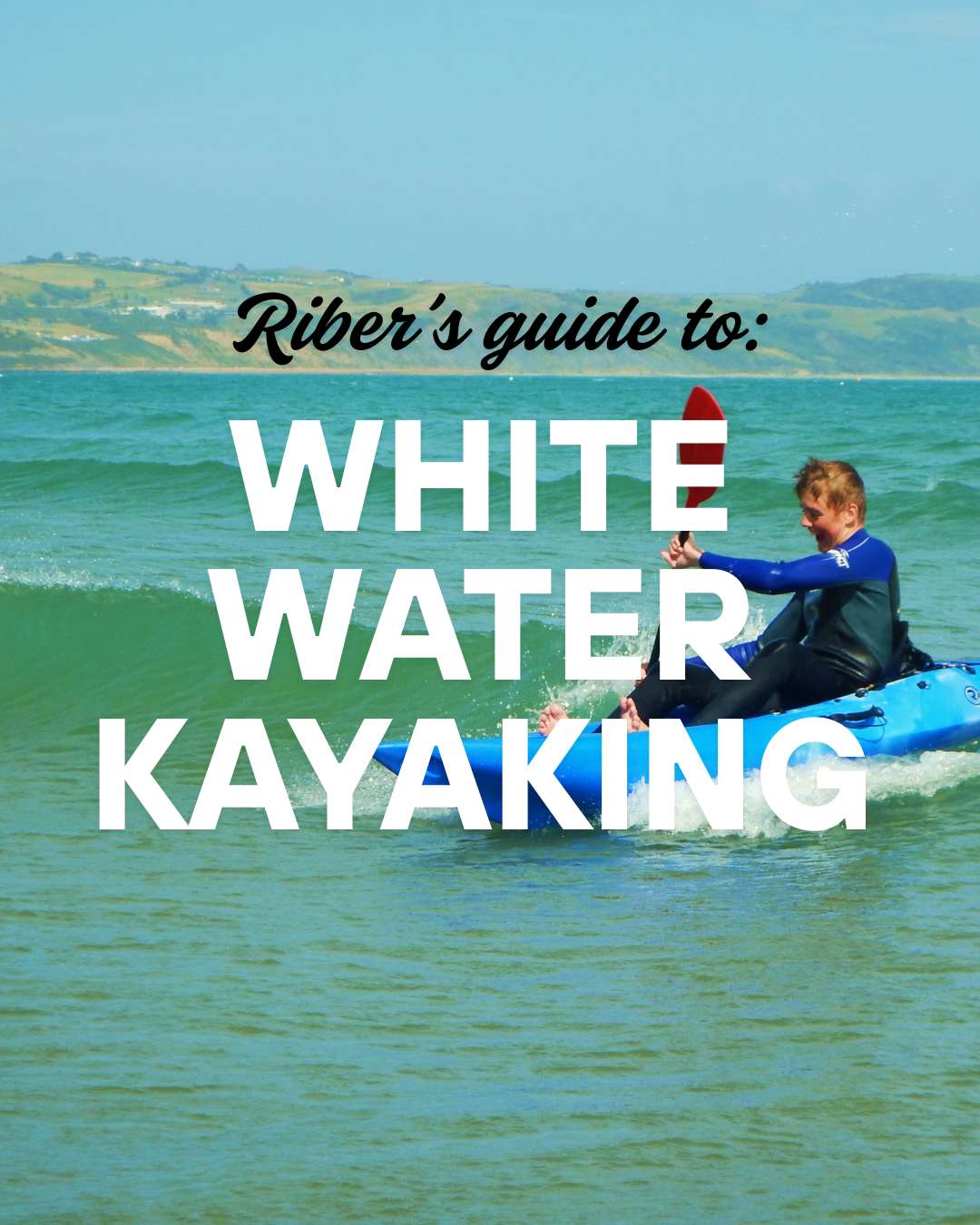White water kayaking involves navigating a section of fast-flowing water with a range of features, such as rapids, waves, stoppers, eddies and more. It is for adrenaline junkies and thrill seekers. There are kayaks specially designed to be paddled in these conditions, and there are numerous different styles of white water kayaking, from river running to squirt boating to river racing. This is going to be your mini guide to white water kayaking.
Rapids
Rapids have a grading system, from 1 to 6, with 1 being the easiest level and 6 being for professionals only. A stretch of river can have a section with rapids from grade 1 to 6, usually, there aren’t any grade 6 rivers in the UK. However, any river could become grade 6 given the right conditions(quite a lot of rain).
Some rivers can also be flat with fast flowing water, they don’t always have to have rapids on them. The River Soar is a prime example of this, and it runs through Leicester and has a series of weirs on it (which you should NOT be paddling down). The River Severn has some fantastic grade 1 and 2 rapids running through Ironbridge, which are fantastic to learn on. The river Derwent is generally a grade 2, and it is the perfect next step up from Ironbridge. With access points in Matlock, there is a beautiful stretch of water perfect for honing your skills, ready for bigger water.
Rapid features
There are a number of different features you are likely to encounter when on moving water, these are: eddies, stoppers, waves, currents from the sides, debris, rocks, trees, weirs, waterfalls and other paddlers.
- Eddies – these are circular currents of flow, or flow in the opposite direction from the main current, and are usually found behind rocks and in
- Stoppers (or holes) – formed when the water flows over a submerged object and causes the water to recirculate, these should be avoided as much as possible, they can hold you in if they are big and powerful enough too.
- Waves are caused by changes in the depth or flow of the water; they can sometimes be unpredictable or unstable, but this is the fun part!
- Currents from the sides – this could be from other bodies of water flowing into the main river, or currents flowing in a different direction from the main current; they can sometimes be dangerous, so look out for them.
- Debris – usually logs, branches, or other natural matter, but unfortunately, it can also be litter too, and sometimes paddlers and paddling equipment, if someone has fallen in. Be wary of any debris in the river, no matter what they are, you never know what will happen.
- Rocks – they usually help to create the flow and different features, but they can sometimes be hazardous and act as obstructions. It is important to keep your eyes out for them and act accordingly.
- Trees – Overhanging trees can be dangerous; they could get caught in your helmet or buoyancy aid and could cause you to fall in, so it is important to stay away from overhanging trees.
- Boils – water that has been forced upwards towards the surface at speed, creating a mushroom-like appearance.
- Weirs – these are man-made structures across the length of the river to control water flow. We DO NOT recommend you paddle down these or play at the bottom of them unless Paddle UK has stated it is safe to do so. If you come across one and are unsure, it is best to get out and walk around it rather than risk it. See the following links for a more comprehensive guide: Beginners' guide to weirs and British Canoeing Resources.
- Waterfalls – These are vertical drops, or where water flows over a ledge, and these are usually only attempted by professionals. We DO NOT recommend you try this yet. If you do want to paddle waterfalls in the future, we recommend starting by reading this article.
- Other water users – When paddling on water, it is important to look out for your surroundings and the people you are with. You want to make sure you give people enough room to be able to paddle safely and ensure that you can avoid other water users in time.
We hope that this blog will give you some basic knowledge and understanding of White Water, so you can go out and Give it a go! In the next part we will discuss the Techniques to master, Reading the river and equipment. Stay safe and keep paddling!

